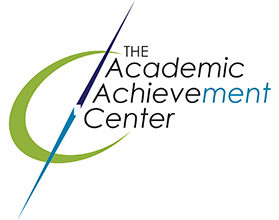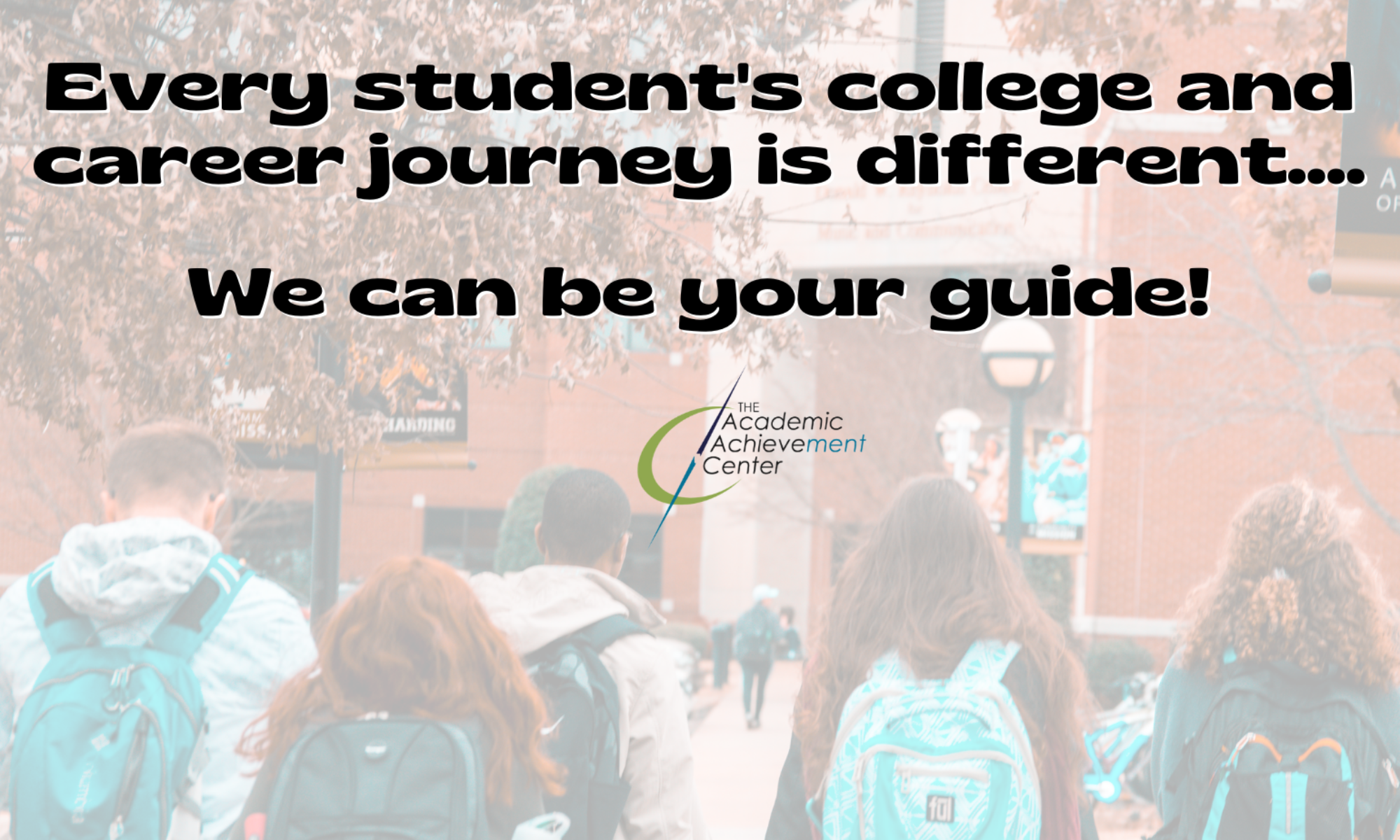The Four Most Important Tips for Parents and Teachers of 2E students:
1. What does it mean to be 2E?
Students who are considered to be both gifted and have a disability are considered 2E. The most common types of 2E students are those who are gifted and have: Attention Deficit Hyperactivity Disorder (ADHD), Autism Spectrum Disorder (ASD), a Specific Learning Disability (SLD) which can take many forms, such as dyslexia, dysgraphia or dyscalculia.1
2. What are some signs that a child might be 2E?
2E kids can be difficult to spot because their gift can “mask” their challenge and their challenge can “mask” their gift. 2E kids often develop asynchronously (they may show exceptional gift or talent in one area and show delays in other areas). Because the gift and disability differs in 2E kids, creating a comprehensive list of signs can be difficult. However, there does seem to be a discrepancy between potential and outcomes in these students. 2
3. What can I do to advocate for my child if I am concerned that they are 2E?
- Know your child’s strengths- be prepared to share these. 3
- Know your child’s challenges- be prepared to share these. 3
- Be patient, consistent and ready to collaborate with teachers and other school personnel—listen to others who interact with your child. 3
- Know your child’s rights. 3
- Teach your child self-advocacy skills-these are critical for long-term success. 3
- Keep in mind that most of the time it is the parent that recognizes the child as 2E. Don’t be afraid to share these insights with teachers and advocate appropriately. 4
4. Should there be a difference in the process to identify students for gifted services if the child also has a disability?
- It’s important to use multiple methods of assessment (e.g., cognitive measure, achievement measure, portfolio, rating scales, student interview). 5
- Use data from multiple raters and sources. 5
- Allow students to use appropriate accommodations during tests including during testing for gifted programming, if they already have accommodations on file. 5
If you would like to share these tips with parents or teachers, please feel free to download and print the following:
References:
1-Foley Nicpon, M., Allmon, A., Sieck, B., & Stinson, R. D. (2011). Empirical investigation of twice-exceptionality: Where have we been and where are we going? Gifted Child Quarterly, 55(1), 3-17.
2-Silverman, L. K. (2009). The two-edged sword of compensation: How the gifted cope with learning disabilities. Gifted Education International, 25(2), 115-130.
3-Doobay, A., Foley-Nicpon, M., Goins, J., Ksiazak, T. (2018, November). Essential Tips for Parenting Your Twice-Exceptional Child. Presented at National Association for Gifted Children 65th Annual Convention, Minneapolis, MN.
4-Neumeister, K. S., Yssel, N., & Burney, V. H. (2013). The influence of primary caregivers in fostering success in twice-exceptional children. Gifted Child Quarterly, 57(4), 263-274.
5-Neihart, M. (2008). Identifying and providing services to twice exceptional children. In Pfeiffer, S. I. (Ed.). Handbook of giftedness in children: Psychological theory, research and best practices, p. 115-137. New York: Springer.

